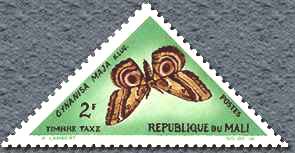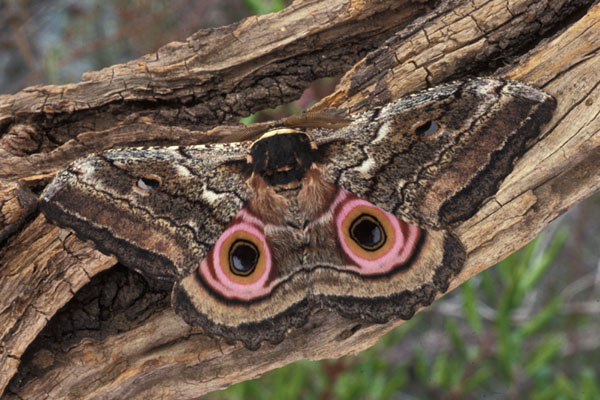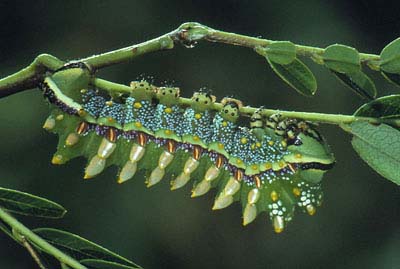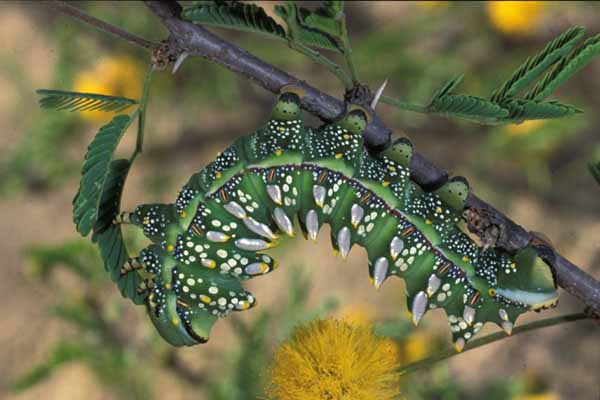Gynanisa maja
gye-na-NEE-suh mm
MAH-juh
(Klug, 1836) Saturnia
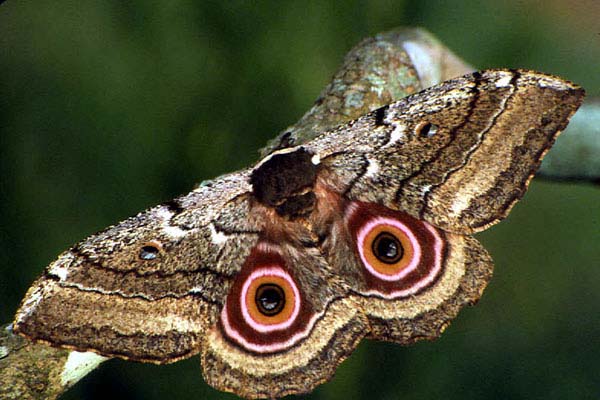
Photo courtesy of Leroy Simon
This site has been created by
Bill Oehlke at oehlkew@islandtelcom.com
Comments, suggestions and/or additional information are welcomed by Bill.
TAXONOMY:Superfamily: Bombycoidea, Latreille, 1802 |
Wind Beneath My Wings |
